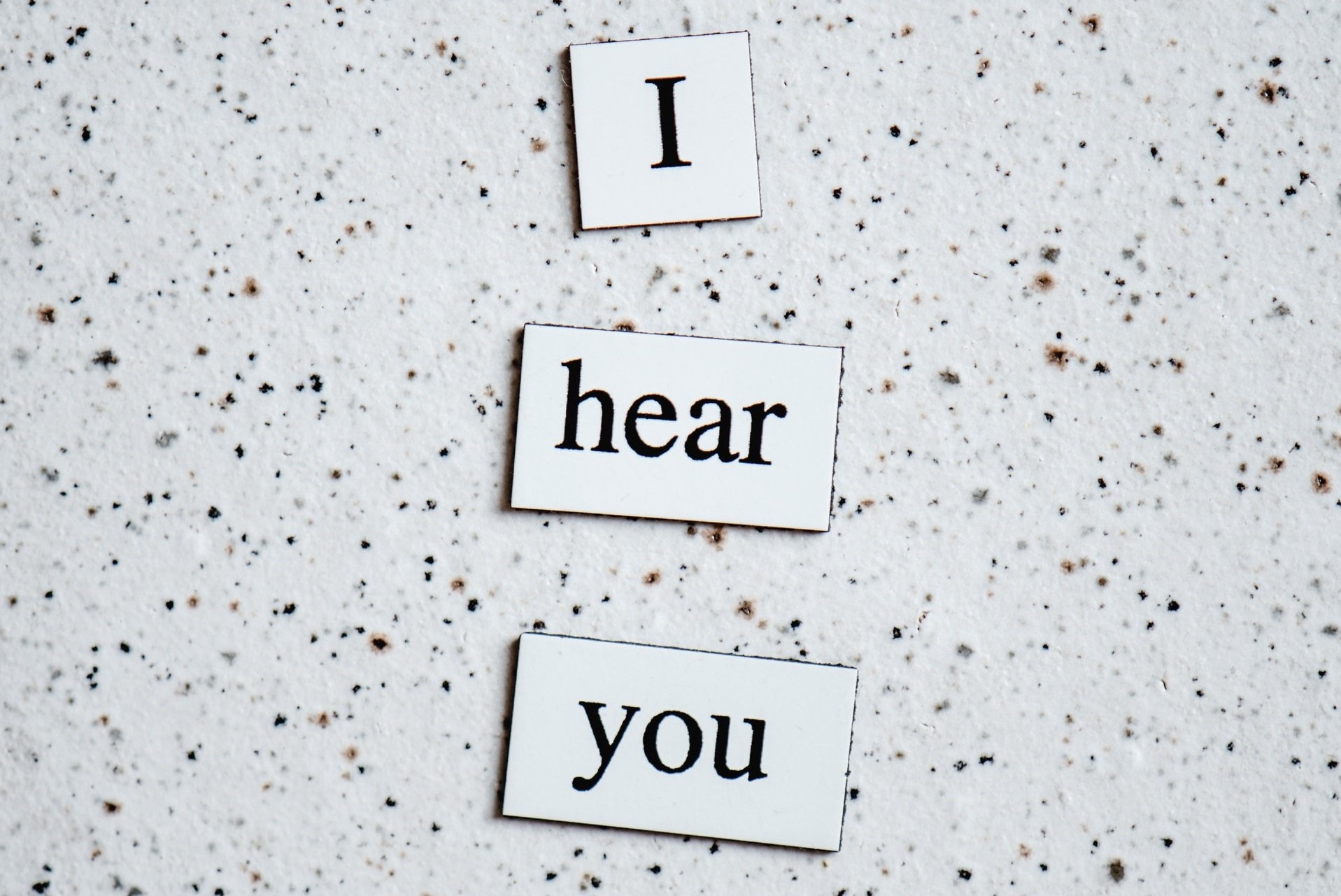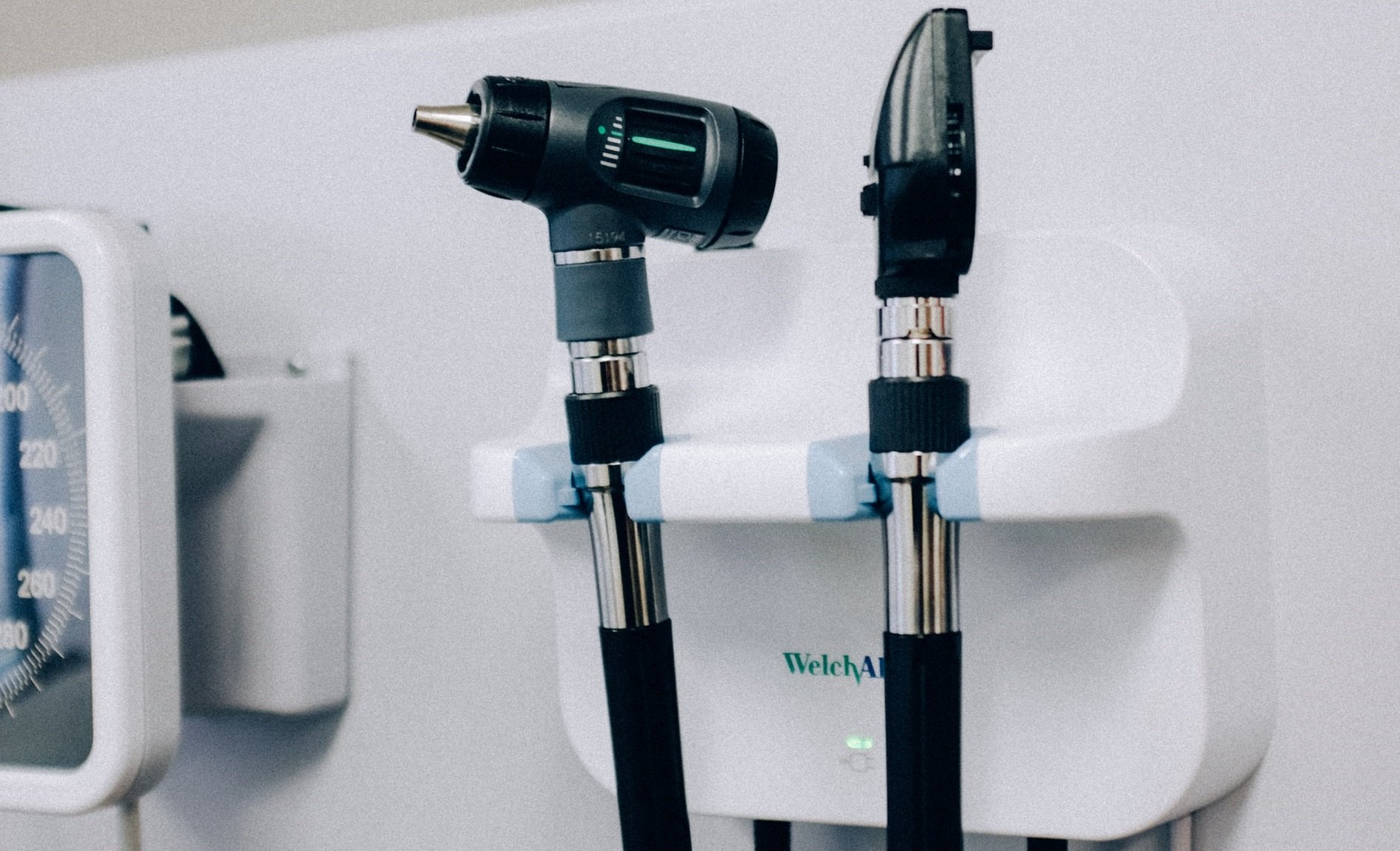
If you go for a hearing test, an audiogram will be used to diagnose your hearing loss. Here we explain how this works.
An audiogram is a graphic representation of audiometric data, clearly displaying your hearing ability in terms of the softest sounds you can hear at different frequencies.
Audiograms are an easy way to visualize your hearing ability as they can be compared to a normal hearing range. The results displayed by your audiogram are incredibly useful as they indicate to your doctor not only the severity of your hearing loss but the kind of medical interventions you might require.
Contents
How are Audiograms Made?
Audiograms are created by plotting the thresholds at which you can hear various frequencies. The vertical lines represent frequency or pitch. Low frequencies start on the left side of the graph and each line to the right represents a higher frequency (just like if you were playing the piano). The frequencies tested are 125 Hz, 250 Hz, 500 Hz, 1000 Hz, 2000 Hz, 3000Hz, 4000 Hz, and 8000 Hz.
The pitches, as highlighted by the audiogram, are very important for hearing and understanding conversations. Sounds during speech vary in pitch (and loudness). For example, the letter ‘s’ is high in pitch and quiet, whereas, ‘o’ is low in pitch and louder. People differ in what sounds they find difficult to hear according to their specific hearing problems.
The horizontal lines on the audiogram represent loudness or intensity. The zero decibels (dB) line is located at the top of the audiogram and denotes a sound that is barely audible. The lines below represent louder and louder sounds. This part of the audiogram is important because the audiologist is also assessing your threshold for hearing in terms of the softest level that you can hear reliably. The softer the sounds you can hear, the closer the marks will be to the top of the graph.
During the hearing test, you will be asked to raise your hand or push a button in response to the sounds that you hear. The audiologist notes the loudness of the sounds heard at each frequency. The audiogram displays what you heard.
An ‘O’ is often used to map responses for the right ear and an ‘X’ for the left ear. The audiogram will show how loud sounds must be at different frequencies for you to hear them. Where your results fall on the audiogram indicate the different degrees of your hearing loss. The type, degree, and configuration of your hearing loss can be interpreted by the audiologist.
What Does Your Audiogram Look Like If You Have Hearing Loss?
The audiogram shows the pattern of your hearing loss as well as the degree of your hearing loss (the severity). Put simply, if the ‘X’s and ‘O’s are at the top of the graph, you have normal hearing. When the ‘X’s and ‘O’s are farther down the graph, you have hearing loss.
Your hearing might be normal for certain pitches and for different degrees of loudness, but poor for others. For example, you can have normal hearing for low pitches but not for high pitches. As speech is at high pitches, speech may not be clear to you. If this is the other way around, and you can’t hear low pitches, you might not be able to hear speech at all. This will be tracked on the graph to show the specific nature of your hearing loss.
Humans can generally hear between 20 and 20,000 Hz. However, audiograms usually test frequencies between 250Hz and 8000Hz, mainly because human speech falls between 250Hz and 6000Hz.
The intensity of sound (or the loudness) is measured in decibels (dB). The decibel scale is logarithmic (based on a factor of 10), so an increase of 10 dB means a 10-fold increase in sound intensity and an increase of 20 dB means the sound is 100-fold more intense.
Audiograms usually test between 0 and 110 dB with normal conversation usually occurring around 60 dB and whispering at 15 dB.
An ability to hear sounds at 0 – 20 dB at all frequencies is normal for an adult, and 0 – 15 dB is normal for a child. If you have hearing loss, the range of sound that you are able to hear will be reduced.
Mild hearing loss is indicated by the 20 – 40 dB range and is characterized by an inability to hear soft sounds. Moderate loss (difficulty hearing some quieter conversations) occurs at 41 – 55 dB, moderate-severe loss (difficulty hearing a normal conversation) occurs at 56 – 70 dB, severe loss (understanding speech only if the speaker is in close proximity) is shown at 71-90 dB, and profound (inability to even hear loud stimuli) is anything over 90 dB.
What to Do If the Audiogram Shows You Have Hearing Loss?
If your audiogram indicates that you have hearing loss, your audiologist will be able to talk you through the details of your individual case. They’ll explain the breakdown of your results and discuss the treatment options available to you.
Hidden Hearing Loss and Audiograms
Audiograms are incredibly useful tools. However, they won’t show if you have ‘hidden’ hearing loss, as this is not detectable through standard hearing tests that focus on issues with the ear.
While ordinary hearing loss occurs due to damage to the hair cells or the nerves. Hidden hearing loss occurs as a result of a loss of synapses in between. The signal arrives at the brain incomplete, and we don’t have the information needed to interpret words. Repeated exposure to noise is thought to be one of the most common causes of hidden hearing loss.
In the audiologist’s quiet testing room, you only need a few synapses to pick up sounds. This means that people with hidden hearing loss can appear normal on a hearing test, but when they’re in a noisy environment and the ear must activate specific synapses, they struggle to hear.
Does Hidden Hearing Loss Show up on Audiograms?
As standard hearing tests aren’t well-suited to detecting hidden hearing loss, if you do have it, it won’t show up on an audiogram.
Not only this, but hidden hearing loss can even be hidden from the person suffering from it. This is because you can normally hear in quiet environments, but the hearing loss becomes much more noticeable when you are trying to hear a conversation amongst loud background noises.
Instances of hidden hearing loss are more common than you might think. A study of more than 100,000 patient records over 16-years shows that around 10% of patients who visited the audiology clinic at Massachusetts Eye and Ear had a normal audiogram despite their complaints of having hearing difficulties. Fortunately, this means that audiologists are well aware of the possibility of their patients having hidden hearing loss.
If your audiologist suspects that you have hidden hearing loss, they’ll be able to direct you towards the available assistive listening devices that can help you. This might include a discussion of personal FM systems and mobile apps, or specially designed phone services that can caption conversations.
You can also take advantage of ADA-required assistive listening devices in theaters, places of worship, and other public spaces.
Although there is no direct treatment, promising research is underway to find medications that can prompt synapse growth and effective methods of diagnosis.
To read more about hearing loss types, causes, and treatments, see our other blog articles.
The information in this guide has been written using the following reliable sources:
https://www.babyhearing.org/what-is-an-audiogram
https://www.asha.org/public/hearing/audiogram/
https://www.californiaearinstitute.com/audiology-services-audiogram-bay-area-ca.php
https://medicine.uiowa.edu/iowaprotocols/how-read-audiogram
https://www.healthyhearing.com/report/53066-Hidden-hearing-loss








